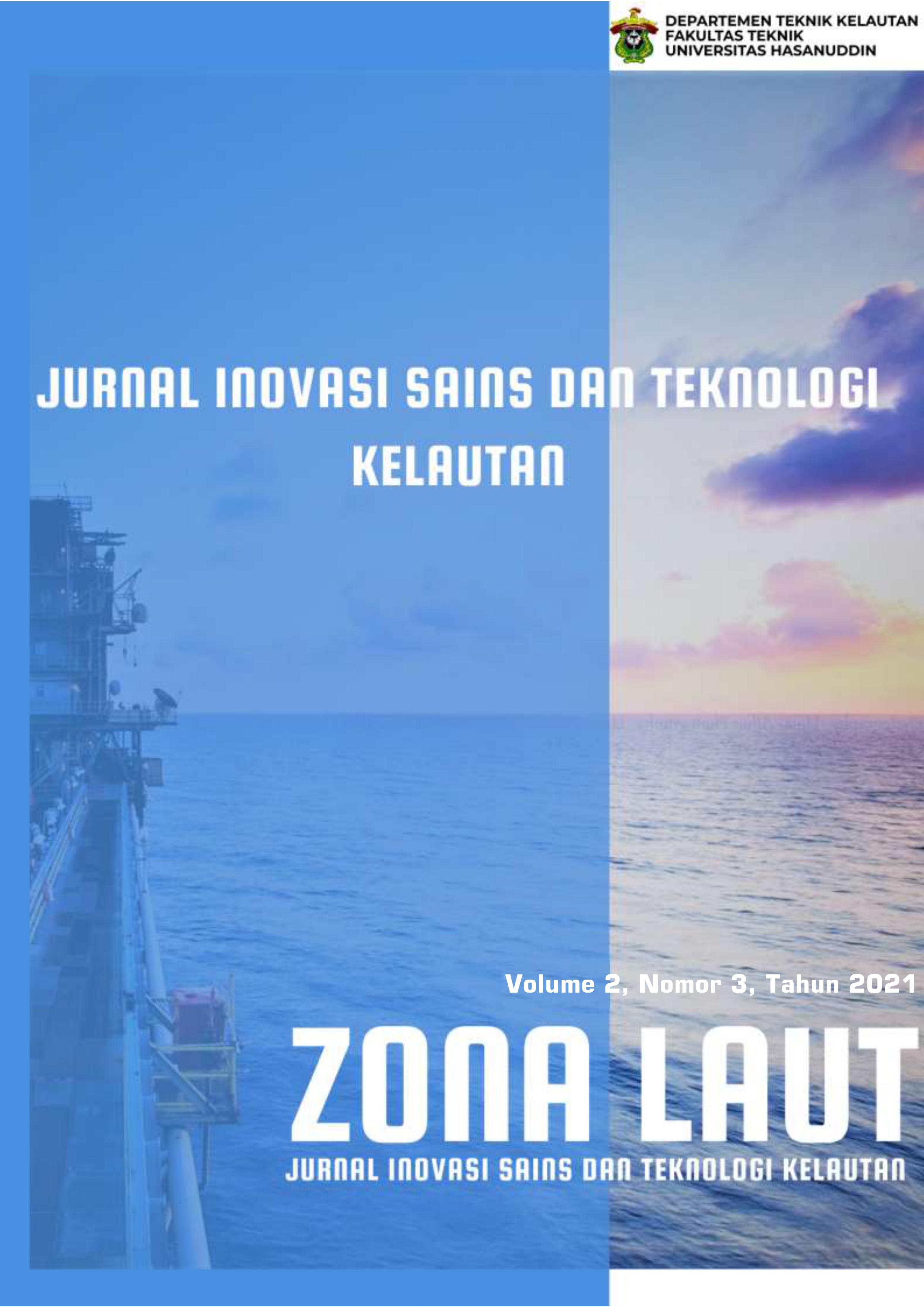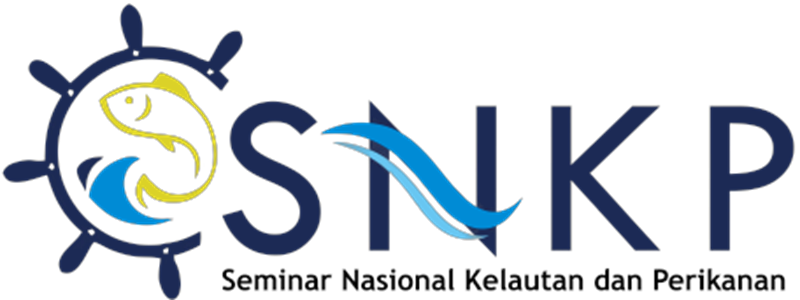Shipbuilding Risk Analysis Using Consequence-Probability Matrix Technique
DOI:
https://doi.org/10.62012/zl.v2i3.18678Keywords:
Risk Management, New Building, Consequence/Probability Matrix, Risk Treatment.Abstract
Shipbuilding in shipyards can’t be separated from uncertain risks that can occur, so it’s necessary to carry out a risk management analysis to minimize and take action so that risks can be avoided and overcome. Risk analysis can be carried out using consequence and probability matrix techniques, one of the risk management in SNI IEC/ISO 31010:2016 by combining the consequences and probability assessments to produce a risk level. Risk assessment is the overall process of hazard identification, risk analysis, and risk evaluation. The purpose of this study was to identify hazards in new building works and determine the magnitude of the level of consequences and probability of a risk arising by using consequence and probability matrix techniques and determining the proper risk treatment or mitigation. The benefit of this study is to find out the various hazards and risk level categories using consequence and probability matrix techniques, as well as being a reference in treating or mitigating work accident risks on new building works in shipyards. The results showed that there were 14 hazards from 3 series of activity that is plate cutting, welding, and lifting. Risk analysis is obtained from the mode or the highest value in the probability assessment with the highest mode or value in the consequence assessment based on the respondent’s answer. The risk scale from the risk analysis shows that there’s a moderate level of risk (priority III), low risk (priority IV), and very low risk (priority V) in new building work at PT. Industri Kapal Indonesia. Treatment or mitigation of risk that can be carried out is to wear PPE (Personal Protective Equipment), periodic maintenance of equipment, completing safety signs in the field, and working according to the applicable SOP (Standard Operating Procedure).Downloads
References
M. Basuki and S. Widjaja, “Studi Pengembangan Model Manajemen Risiko Usaha Bangunan Baru pada Industri Galangan Kapal,” J. Teknoin, Univ. Islam Indones., no. Januari, pp. 117–123, 2008.
M. Riyadi, “Kajian Efisiensi Proses Produksi Kapal Baru Dengan Menggunakan Metode Manufacturing Cycle Effectiveness ( Mce ) ( Studi Kasus : Pt . Pal Indonesia ),” Tugas Akhir Teknol. Kelautan, Inst. Teknol. Sepuluh Nop., 2016.
I. Fahmi, Manajemen Risiko, Teori, Kasus dan Solusi. Bandung: Alfabeta.cv, 2018.
P. P. Anggi Indraswari P.J, N. Norken, and P. Alit Suthanaya, “Manajemen Risiko Perencanaan Pembangunan Infrastruktur Pelabuhan Benoa,” Stud. Progr. Tek. Magister Univ. Sipil, vol. 6, no. 2, pp. 144–151, 2018.
B. S. N. Standar Nasional Indonesia, “Manajemen risiko – Teknik penilaian risiko Risk management – Risk assessment techniques (IEC/ISO 31010:2009, IDT),” 2016.
I. G. Agung, I. Mas, W. S. Kristinayanti, I. G. Made, and O. Aryawan, “Manajemen Risiko Proyek Pembangunan Underpass Gatot Subroto Denpasar,” J. Akuntansi, Ekon. dan Manaj. Bisnis, vol. 4, no. 1, pp. 1–6, 2016.
Republik Indonesia, “Undang-Undang Republik Indonesia Nomor 13 Tahun 2013 tentang Ketenagakerjaan,” 2003.
Republik Indonesia, “Undang-undang Republik Indonesia Nomor 1 Tahun 1970 Tentang Keselamatan Kerja,” 1970.
Q. Dr. Antonius Alijoyo, CERG, Q. Bobby Wijaya, M.M., ERMCP, and Q. Intan Jacob, M.M., Consequence/Probability Matrix, Matriks Konsekuensi/Probabilitas. Bandung, 2019.
B. S. N. Standar Nasional Indonesia, “Persyaratan Umum Instalasi Listrik 2011 (PUIL 2011),” 2011.
J. Pagau and P. P. Anugrah, “Analysis of the Effect of Human Error on Work Accidents at PT. Indonesian Ship Industry Using Cross-Sectional Method Approach”, zonalaut, vol. 2, no. 2, pp. 40-46, Jul. 2021.
H. Palippui and S. Ramadhan, “Analysis of The Strength of Barge Structures in the Load Out Offshore Module (Top Side) Process with SPMT”, zonalaut, vol. 1, no. 1, pp. 1-5, Mar. 2020.
Downloads
Published
How to Cite
Issue
Section
License
Copyright (c) 2021 Nabila Ainun Nur Rahmat, Wahyuddin Wahyuddin, Habibi Palippui

This work is licensed under a Creative Commons Attribution 4.0 International License.
Allow anyone to modify, improve, and make derivative works, even for commercial purposes, as long as they credit to you for the original work.





























